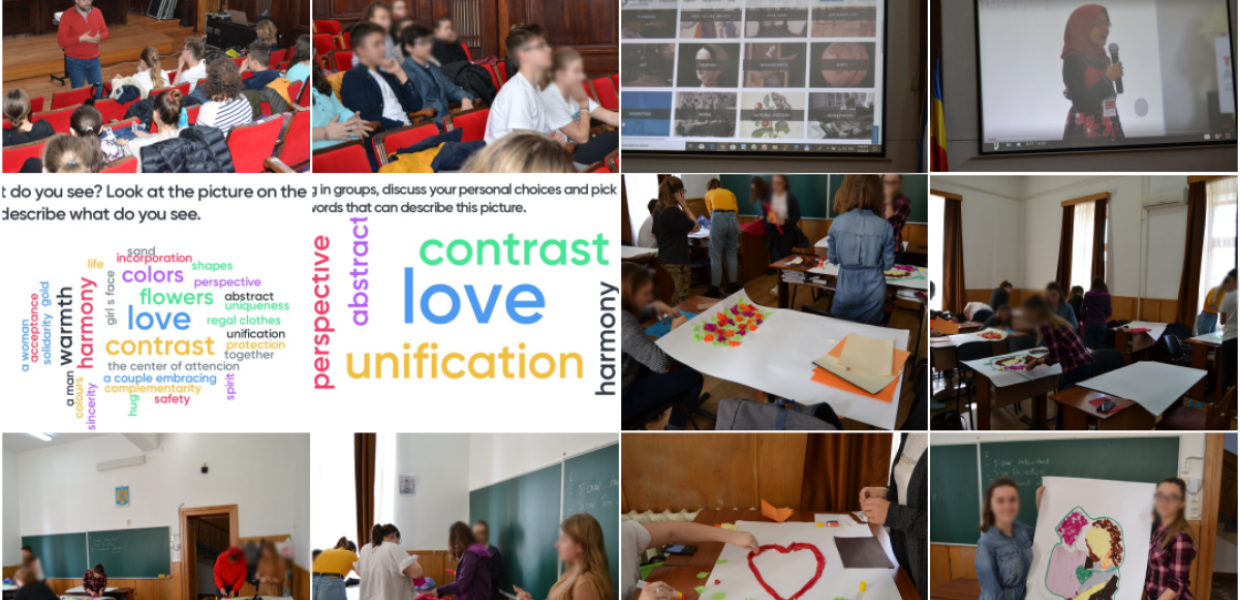How do you manage the topic of diversity in the classroom? Where to start?
We are educators. We are trying to teach future generations to thrive while in this ever-changing environment we still struggle with a very subject-based curriculum. Instead of embracing technology in the classroom and promoting problem-solving, creative thinking and collaboration, we spend most of our classroom time on exams, assessing, testing, and providing information. However, our students have a greater need than ever to learn how to live and work in a society where every individual is unique. If we want to tackle the topic of diversity and inclusion in the classroom, we have to focus on promoting and accepting the differences between people.
Teachers should show genuine interest in learning more about students’ cultural backgrounds, hobbies, learning styles. With this, they can start a conversation, a dialogue, a debate about respect and diversity as we all know communication is the core to a culturally aware and inclusive school environment. Anyone can access curated content on the Europeana website like the exhibition How the 20th century changed family life or participatory tools like Share your migration stories to support and ignite these conversations.
It seems extremely important to discover learners’ personal stories, many of them marginalised, to understand who we are and in which context we live in today. Could you suggest some resources for teachers and students to reflect on that?
There are several possible resources that can be used to reconnect with and productively learn from our past. Let me give you some examples. There is a lesson plan in Historiana, Remember the past, that helps students develop their critical thinking and learn more about controversial monuments and statues. Another helpful resource is the learning scenario on Teaching with Europeana, Inclusion Processes through Participatory Photography and Digital Narratives from Paulo Antunes, a Portuguese teacher, which aims to bring learners with diverse cultural backgrounds together centered on participatory dynamics. Finally I would like to mention a student's collaborative effort, a virtual museum made by my Hungarian students from fragments of their grandparents’ untold stories and related objects, the Memory Gallery – Art Museum SZLI.
You mentioned at the very beginning how important it is to start the conversation - I imagine not always easy - with the students. But how do you keep the dialogue alive to better understand each other with respect and empathy? Tell us more about the significance of communication.
Maintaining ongoing communication throughout the school year, students can give feedback and reflect on to what degree they felt included in activities. It is in this way that they can learn more about their individual problems and suggest different options to improve the class experience.
Over the last few years, teachers and educators from all over Europe, participating in the Europeana education initiative and in collaboration with European Schoolnet, have been working on different topics and developing learning scenarios, on diversity and inclusion. These materials are published in The Teaching with Europeana blog. There you can find examples of how to encourage students to research and learn about their own and others’ ethnic and cultural backgrounds by debating, planning, or expressing support.
Finally, diversity and inclusion is not a compulsory topic in the school curricula, so how do you embed these learning scenarios and resources into your teaching?
When you start planning your classroom activities, besides acknowledging and respecting students’ backgrounds and fostering cultural awareness, you should also ensure that diversity is respected. Many of the resources I’ve mentioned could be integrated into lesson plans. These learning scenarios prove that, regardless of the subject, it is always a good choice to connect them to real-life examples or visual representations. You can give the students the freedom to browse and choose content on the Europeana website, so they can approach the topic from their own diverse perspective. Good examples are the Emotional Intelligence and Teenagers or Raising awareness about Refugees learning scenarios.
Students who learn about different cultures during their education not only become more open-minded and empathetic, but they are also prepared for a future diverse working and social environments. Hopefully, the scenarios we have produced so far will help other teachers and educators to embrace and teach about diversity by using cultural heritage sources that represent anyone's story. Let’s leave no one behind!



